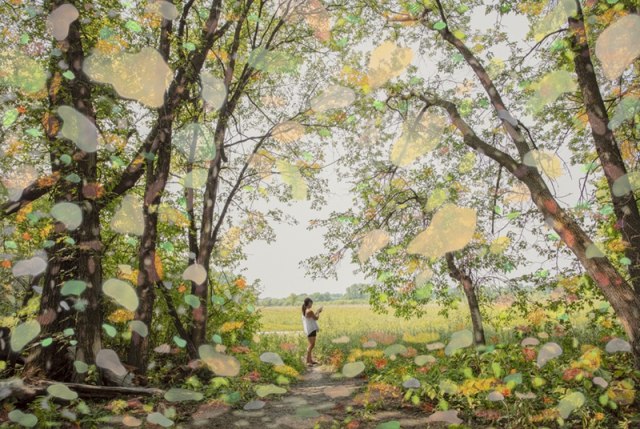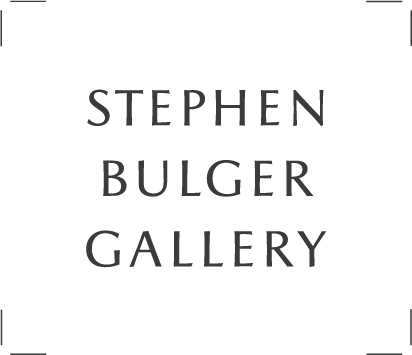Opening Reception: Saturday, May 6, 2-5pm
Guided Tour of the Exhibition with Sarah Anne Johnson: Saturday, May 6, 3pm
Exhibition Dates: May 6 – June 24, 2023
During CONTACT, Toronto's annual photography festival, the Stephen Bulger Gallery is pleased to present “Woodland,” our sixth solo exhibition of work by Canadian artist Sarah Anne Johnson.
Frustrated with how her photographs seemed only capable of recording what was in front of the camera, over the last twenty years, Johnson has devised different methodologies to use her photographs as a point of departure. By manipulating the photograph’s surface, Johnson creates one that better communicates her impressions to the viewer. In this way, Johnson says she creates a more “honest image” by depicting “not just what I saw, but how I feel about what I saw.”
Our 2019 exhibition of Johnson’s work entitled “This Land” caught her at the tail end of a series entitled “Rosy Fingered Dawn” and the start of “Woodland.” In the former, Johnson depicted national parks in a state of crisis, threatened by our use and abuse of those landscapes. While taking a breather from the magnitude of that calamity, she went camping in a wooded area in her native Manitoba. Johnson returned to her studio intent on making work that was more celebratory and calming. Our 2019 exhibition was the first public launch of this new work, entitled “Woodland.” Johnson continued down this path during the pandemic, keen to offer audiences a respite from the chaos of the pandemic.
In “Woodland,” Sarah Anne Johnson interrogates the truthfulness of the image through her depictions of nature in the forests of Manitoba, near Winnipeg. Informed by Indigenous knowledge and understanding of the land, the sacred quality of trees, and modern scientific research that understands plants as social creatures able to communicate with each other, Johnson’s mixed-media interventions amplify the sublime and metaphysical qualities of the natural world. Through interventions of oil paint, holographic stickers, and dyes on the surface of pigment prints, Johnson reaches beyond what is seen in nature to depict what is felt by humans, plants, and woodland creatures. Herein, Johnson effectively reorients traditionally anthropocentric perceptions and representations of landscape and nature with ample use of geometric shapes and prismatic colour.


